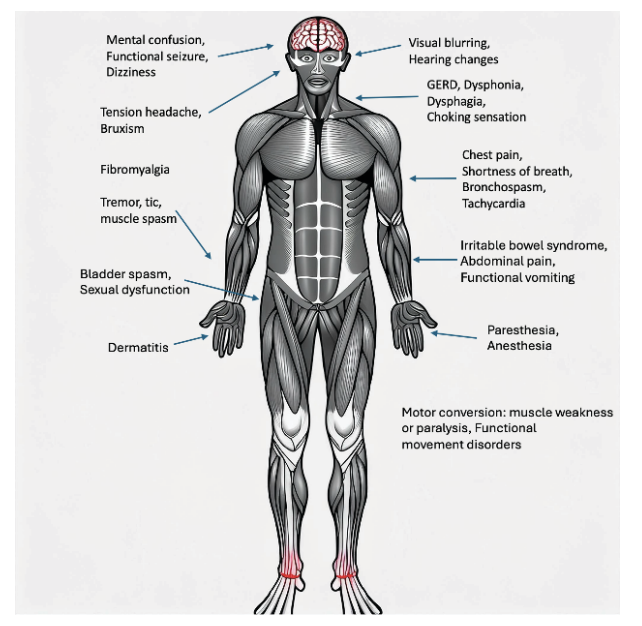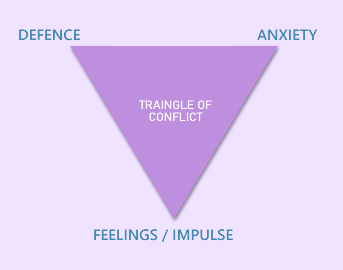Article
For decades, one of the more elusive elements in ISTDP practice has been the reliable identification of Cognitive Perceptual Disruption (CPD). CPD includes symptoms such as thought disorganization, visual distortion, dissociation, hallucinations, and other disturbances that interfere with a patient’s ability to process emotional experience.
In the ISTDP model, recognizing CPD is critical. It’s the key diagnostic marker that separates fragile from resistant character structure. Yet, until now, this differentiation has been based entirely on clinical observation and therapist intuition — methods that are often highly subjective, inconsistent, and difficult to teach or replicate in training settings.
That has now changed.
A new study introduces CoPeds (Cognitive Perceptual Disruption Screening Instrument) — the first validated psychometric tool designed specifically to detect CPD symptoms in psychotherapy patients. With this development, therapists finally have a structured, research-based instrument that can be used to screen, teach, supervise, and potentially even research CPD across clinical populations.
Why CoPeds Matters
CoPeds represents a major advancement in how therapists approach fragility. Developed through rigorous psychometric methodology and tested on a clinical population of over 100 outpatients, the final instrument includes 19 carefully selected items. These items were chosen for their ability to differentiate patients with fragile character structure — those who typically require anxiety regulation and capacity building — from those with higher ego-adaptive capacities, who can tolerate the pressures of emotional breakthrough and defense work.
The tool demonstrated impressive psychometric properties. In ROC analysis, CoPeds achieved an area under the curve (AUC) of 0.88 — indicating excellent discriminative power. In other words, it reliably distinguishes fragile from non-fragile patients in clinical settings.
But the importance of CoPeds isn’t only statistical. Its deeper value lies in how it shifts the clinical conversation. Therapists now have a shared language to talk about dissociation and perceptual disruption. Supervisors have a teaching tool to make fragility more visible and concrete. Students gain access to a clearer understanding of when and why certain interventions may fail.
From Clinical Intuition to Measurable Precision
Historically, CPD has been something ISTDP therapists “felt” in the room — through subtle cues like loss of focus, dissociative signs, or surreal responses. But now, with CoPeds, these subjective impressions can be grounded in measurable data. This doesn't replace the therapist’s sensitivity — it enhances it.
In practice, the tool can be used as a screening instrument at intake, as part of psychodiagnostic clarification, or even as a training aid to help less experienced clinicians recognize the symptoms they might otherwise overlook.
A Tool to Build With
While CoPeds is new, its potential impact is already clear. For the first time, ISTDP therapists can approach CPD with structure, shared terminology, and quantifiable indicators. That opens the door not only for improved clinical decision-making but also for larger-scale research into how fragility affects treatment response and outcome.
As ISTDP continues to evolve as a treatment model and training tradition, CoPeds represents an important step in making one of its most complex dimensions — fragility — more accessible, teachable, and researchable.
Learn, Use, Contribute
The full study is now published and freely accessible in the ISTDP-Hub Research Base. We encourage therapists to explore the tool, reflect on its application in their own practice, and begin sharing experiences and questions with the wider community.
Let’s keep building ISTDP together — not just through ideas, but through tools that make those ideas usable.






